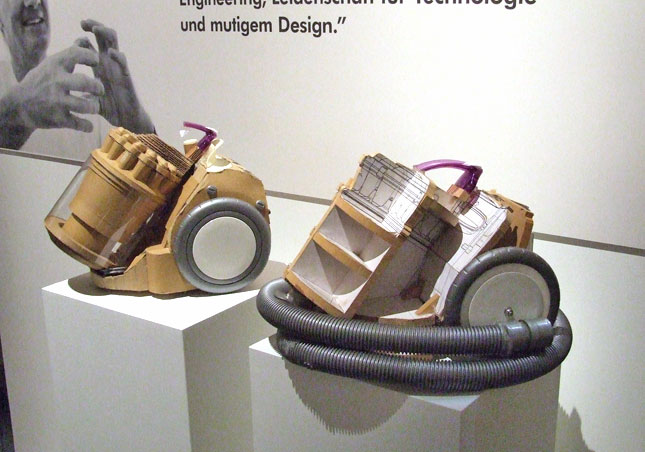-
Notifications
You must be signed in to change notification settings - Fork 172
preLab 04
For the upcoming lab, we will be building paper displays inspired by Isaac Blankensmith and Smooth Technology's Paper Signals project. We will not be using the phone/voice part of this project, but we will be building cardstock mechanisms that are driven by the mini-servo in your kit, and controlled by your Metro Mini.
-
DISCORD: By now, there must be things that are confusing you---about lecture, the labs, future assignments... If you haven't used the class Discord yet to ask the teaching team a question, please try it.
-
CATCHING UP ON UNDERSTANDING: If you are confused on the following topics, you can read Scherz and Monk's excellent textbook which can give you more background.
Electric Current Ch 2.2
Voltage Ch 2.3, 2.13
Resistance, Ohm's Law Ch 2.5, 2.12
Ground Ch 2.10
Circuits Ch 2.11, 2.16
Electric components Ch 3
Batteries 3.2
Switches 3.3
Resistors 3.5
Sensors Ch 6
Proximity and Touch Ch 6.3
Movement, Force, Pressure Ch 6.4
Light, Magnetism, Sound Ch 6.6
Digital Electronics Ch 12
Analog Digital Interfacing Ch 12.9
Displays Ch 12.10
Memory Devices Ch 12.11
Microcontrollers Ch 13
Arduino Ch 13.4
Other examples Ch 13.2
- PAPER MECHANICS: Paper prototyping is used by UX designers to quickly develop interface ideas and run them by people before any programming occurs. Cardboard prototypes help interactive product designers to work through additional issues, like how big something should be, how it could be carried, where it would sit. Surprisingly complicated forms can be built with paper, cardstock or cardboard. The most advanced and challenging prototypes to prototype with paper are cardboard mechanisms which move and change.

- IDEA GENERATION: This week we're making paper displays to reflect a sensor reading. The paper displays that we have prepared are the "stretch" displays from Paper Signals. Draw from some inspirations and explorations from looking at 2. and come up with 10 different ideas for how you would build mechanisms to indicate some sensed measurement or value.
Draw sketches with each of your ideas.